Royal purple is the hue of London’s latest transpoganza, the long-gestated Elizabeth Line. Railway fans were out in strength this morning to experience this hybrid undergound/long-distance railway that slices under central London in a matter of minutes. I was also there to try the newcomer and ended up in a part of town I’d never visited before. Not once in 60 years.
The Elizabeth Line, formerly known by its project name of Crossrail, was first proposed in 1941, 11 years before the Queen came to the throne. It could have been the George Line if all had gone well at the time, but there was a war on. So some excuse.
Rocky road
For many reasons, the Crossrail dream had a rocky road ahead. It was proposed in Parliament but rejected in 1991. And wasn’t until 2005 that permission was granted, with construction starting in 2009. I had some involvement through my public relations and public affairs company, Westminster Communications. In the period between Parliamentary rejection and Government acceptance, we were retained by the Crossrail consortium to conduct some of the public consultations and to assist with planning and enabling legislation. Much of the credit for bringing Crossrail to fruition must be the down to my colleague at the time, Jonathan Roberts. In a way, we were in from the start. I just didn’t expect to have to wait until 2022 for my first ride.
Crossrail had been scheduled for opening in 2018 but, as with all these major infrastructure projects, it has come four years late and four billion pounds over budget. But this morning, we got a good impression of what £18.8bn can buy, and I had to conclude that it was money well spent.
Unique
The Elizabeth Line is unique in London. It isn’t an Underground line (the clue is in the suffix “line” which isn’t used for the Underground routes where you get just the name — Piccadilly, District, Northern, Victoria and so forth). This is real nerd stuff, by the way.
It is also unlike the Overground, which is similar in function to, say, Berlin’s Stadtbahn or S-Bahn. The Elizabeth Line, which has more in common with the Paris RER, uses full-size rolling stock but also doubles as a deep tube system. The line represents a remarkable feat of engineering in pushing such larger diameter tunnels through some of the most congested substrates in the world.
In some cases, EL tunnels pass within two meters of other services such as the Jubilee line. And let’s not even consider utilities, sewers and countless other impediments, some long forgotten and unrecorded.
Centre first
Today’s Elizabeth Line opening comprises the central section only, from Paddington mainline in the West to Abbey Wood, on the Kent border, in the East. Later this year or early in 2023 it will connect with existing services running from Reading, 40 miles west of London, to Shenfield which is 30 miles west of the capital. The track covers a 62-mile route comprising 25.5 miles of tunnels under London and 39.5 miles above the ground.
For the past century and a half, London has been hampered by the Victorian’s reluctance to allow mainline railways into central London. In many ways, this nimbyism has served London well because the centre has been preserved without the extreme disruption that would have resulted. Faced with this Victorian reluctance, all incoming routes were forced to terminate at a respectable distance from the city. The large termini — Paddington, St Pancras, King’s Cross, Liverpool Street, Waterloo and Victoria — plus a number of smaller termini such as Marylebone, Cannon Street, Farringdon and London Bridge are all on the periphery of what was central London in the 19th Century. All this meant that anyone wishing to travel through London was forced to detrain and use public transport to another terminus.
Big deal
This is why the Elizabeth Line is such a big deal. Commuters from distant Reading will be able to travel all the way to the London financial district at Canary Wharf in just over an hour. Not having to change trains will be a novel experience for London commuters.
This morning I made my way to Paddington and decided to travel to the far end of the line at Abbey Wood. As a Londoner of 60-years’ standing, I’m ashamed to say I’d never visited Abbey Wood before. In fact, until today, I didn’t know exactly where it is. Somewhere in south-east London was as far as I could hazard.

Normally, getting from Paddington in West London to the border of the county of Kent would be a major undertaking. Yesterday it would have taken 65 minutes by train or a fun 2h 17m by bus. Today, using the Elizabeth Line, I was there in just 29 minutes.
Abbey Where?
In that half-hour, I envisaged coffee and cakes in an independent cafe in bustling downtown Abbey Wood. I was certainly expecting more than I got, for Abbey Wood village, next to the station, turned out to be less exciting than I anticipated. A greater contrast to bustling Paddington, 29 minutes up the line, could not be imagined.
No doubt there are wonderful streets full of smart shops and cafes within walking distance of Abbey Wood station, but I found just one cafe. And all the cakes and breakfast stuff had been long consumed by the hordes of train anoraks who had been arriving in sleepy Abbey Wood since the crack of dawn.
Enthusiasts
I did, however, meet some interesting people. Mike had travelled over 50 miles from Leighton Buzzard in Bedfordshire just to ride on the new line. As a former British Rail official, he confessed to an abiding love of trains and, in particular, the London Underground. More adventurous than me, he had walked down the road and found an enormous tract of woodland, the eponymous Abbey Wood, although he couldn’t find the abbey. It must be there.
Similarly, Ray had a transport background and a healthy interest in railway developments. His enthusiasm was infectious, which is not surprising since he had travelled 185 miles from Dawlish in Devon, just to travel from Paddington to Abbey Wood on one of the new trains.
I also met one Abbey Woodian, Donia, who couldn’t resist the occasion of the opening of the line and was busy taking photographs and making videos outside the new station. Originally from Brentford in West London, Donia had moved to Abbey Wood over 17 years ago in quest of more affordable property. A history teacher, Donia explained that Abbey Wood remains one of the few areas of Greater London where it is still possible to buy a house for under £500,000.
Unfortunately, the arrival of the Elizabeth Line could change all that as commuters reset their tolerance scales based on travel time to the City. The money will follow.
Property booms
New commuter lines always increase the value of property along their routes, and the Elizabeth Line is no exception. Perhaps the classic example of route inflation was the London Metropolitan line which was inaugurated in 1863 but, during the early part of the last century, extended well into Buckinghamshire. The developers invented “Metroland”, a ribbon of suburban housing along the new route. Easy commuting attracted home builders and the houses sold like hotcakes, pushing up property prices in formerly sleepy villages to an alarming degree.
Much the same is happening with the Elizabeth Line, but the stakes are even higher because of very rapid access to central London. As far out as Reading in the West, property prices are rising in the wake of the new line. Slough, West Drayton, Southall, Ealing and Acton are all seeing rising property prices which can only accelerate now the line is nearing completion. A similar effect is being felt in eastern areas such as Ilford, Romford and Shenfield.
The Elizabeth Line, even in its current truncated guise, is a clear winner. Smooth, near-silent and very fast, it is poised to transform the London commuting experience. I look forward to the time when I can travel from Berkshire to Essex with a brief stopover at Bond Street to visit the Leica Store.
All images by Leica Q2
Make a donation to help with our running costs
Did you know that Macfilos is run by five photography enthusiasts based in the UK, USA and Europe? We cover all the substantial costs of running the site, and we do not carry advertising because it spoils readers’ enjoyment. Every amount, however small, will be appreciated, and we will write to acknowledge your generosity.

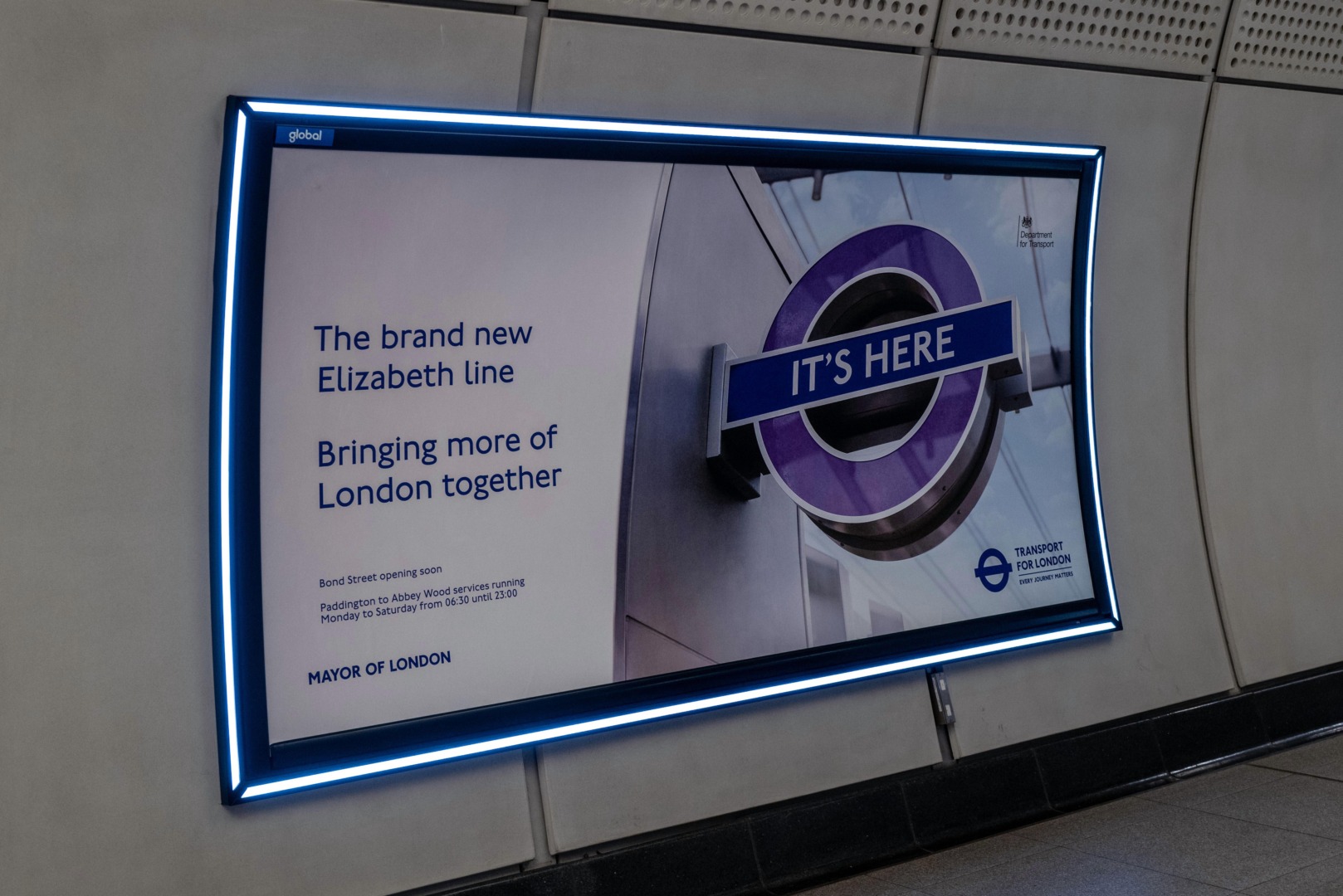
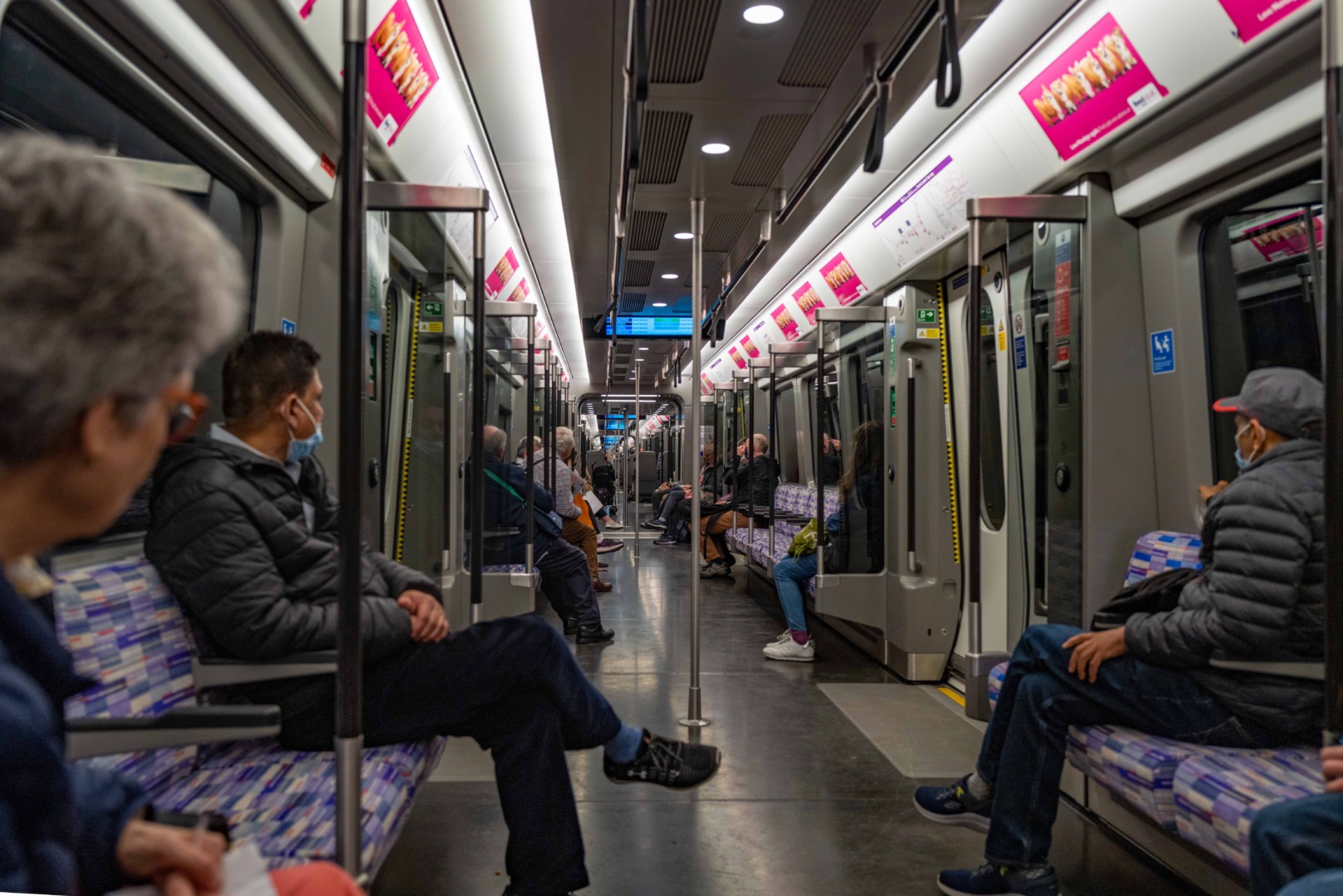

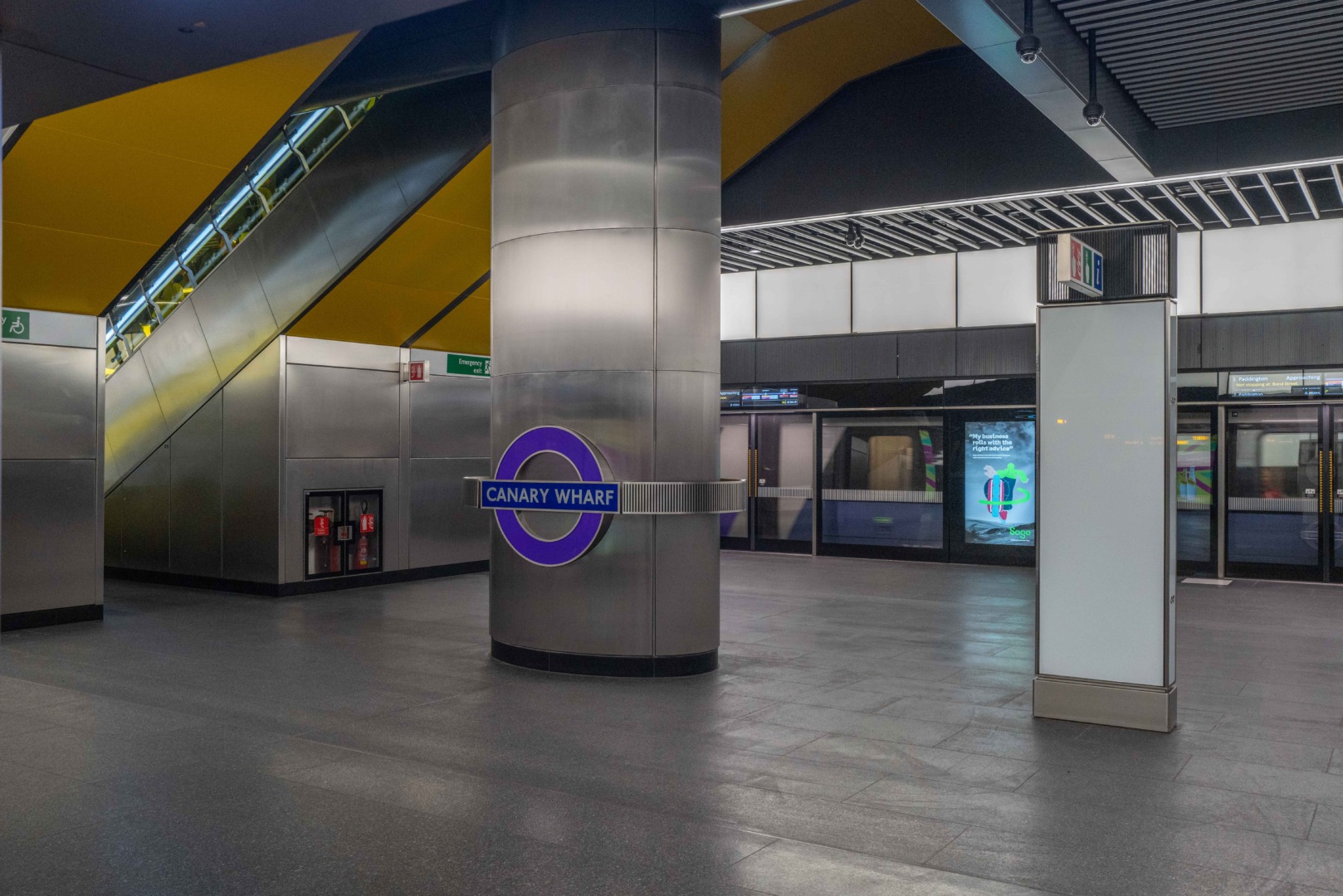
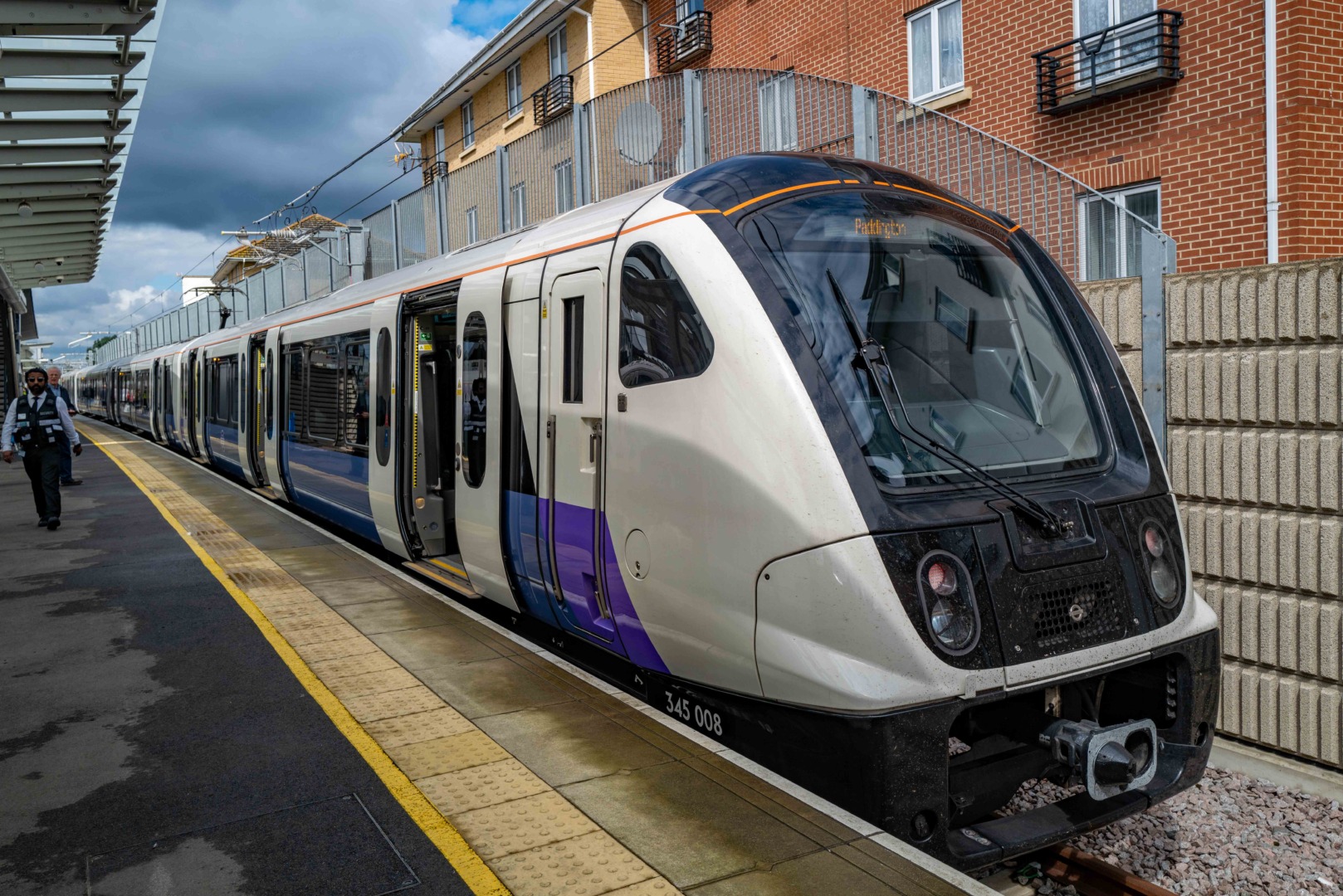
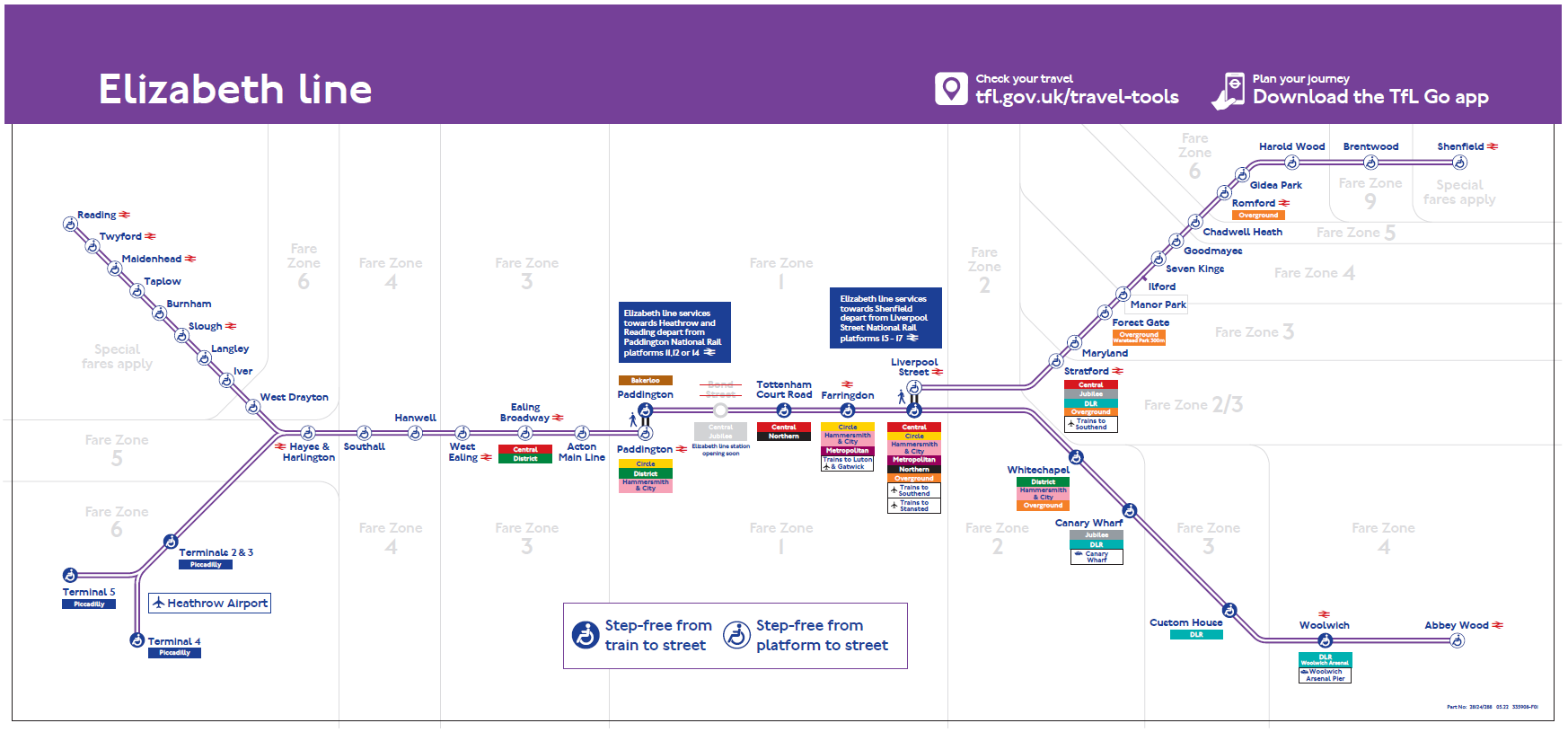
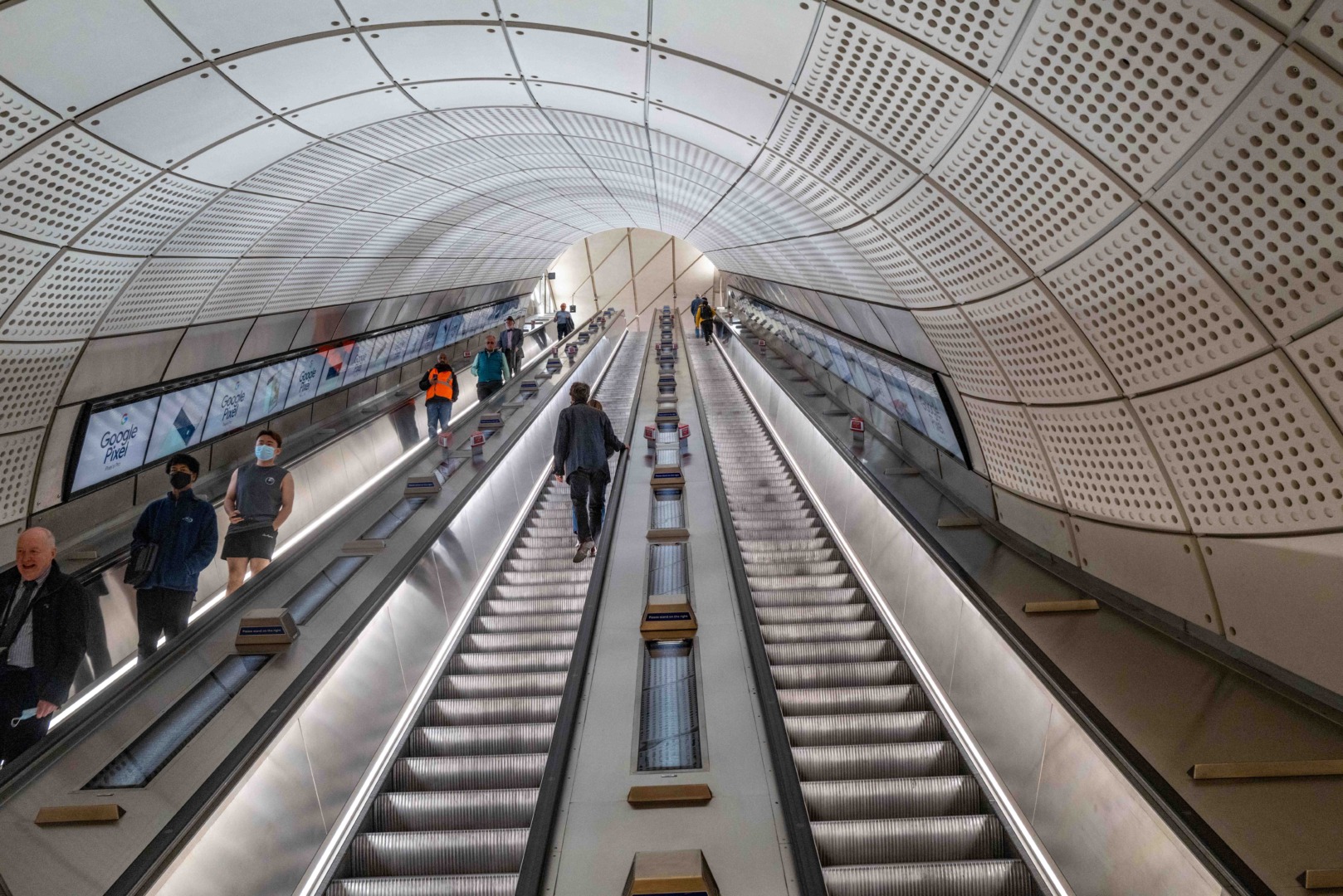
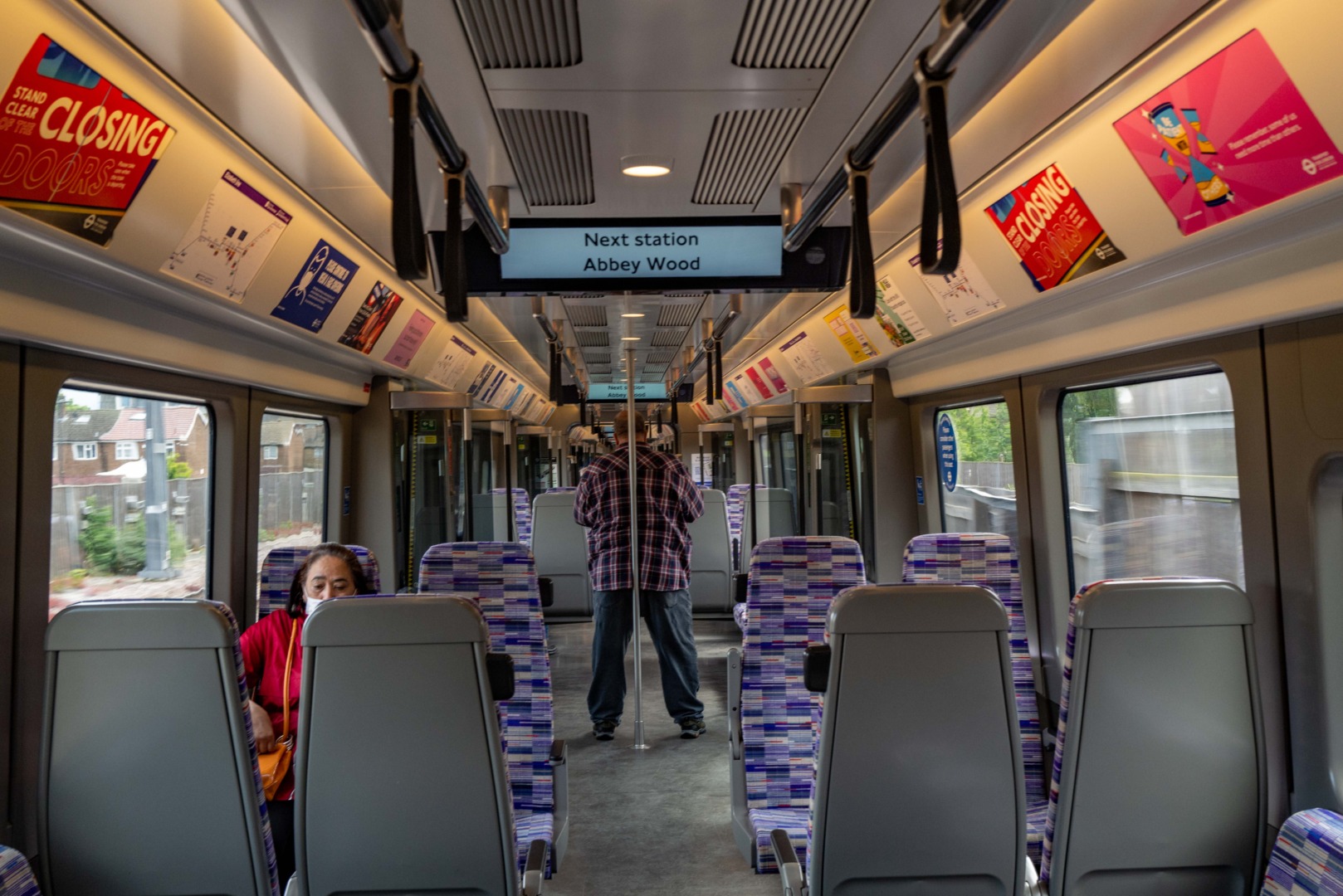
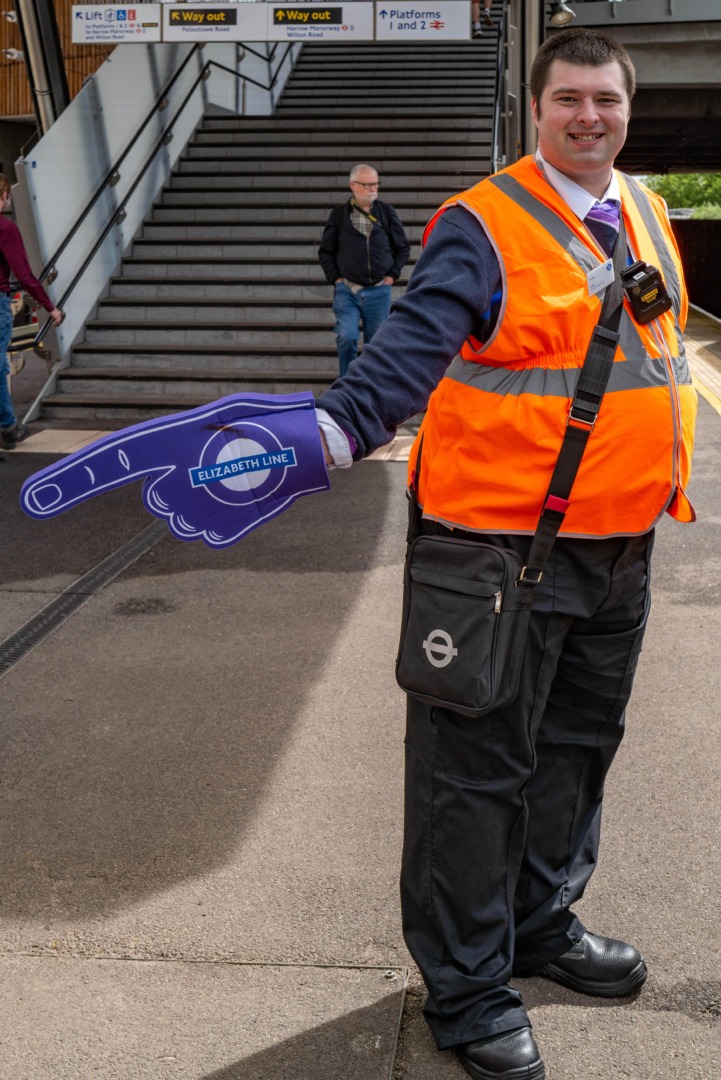
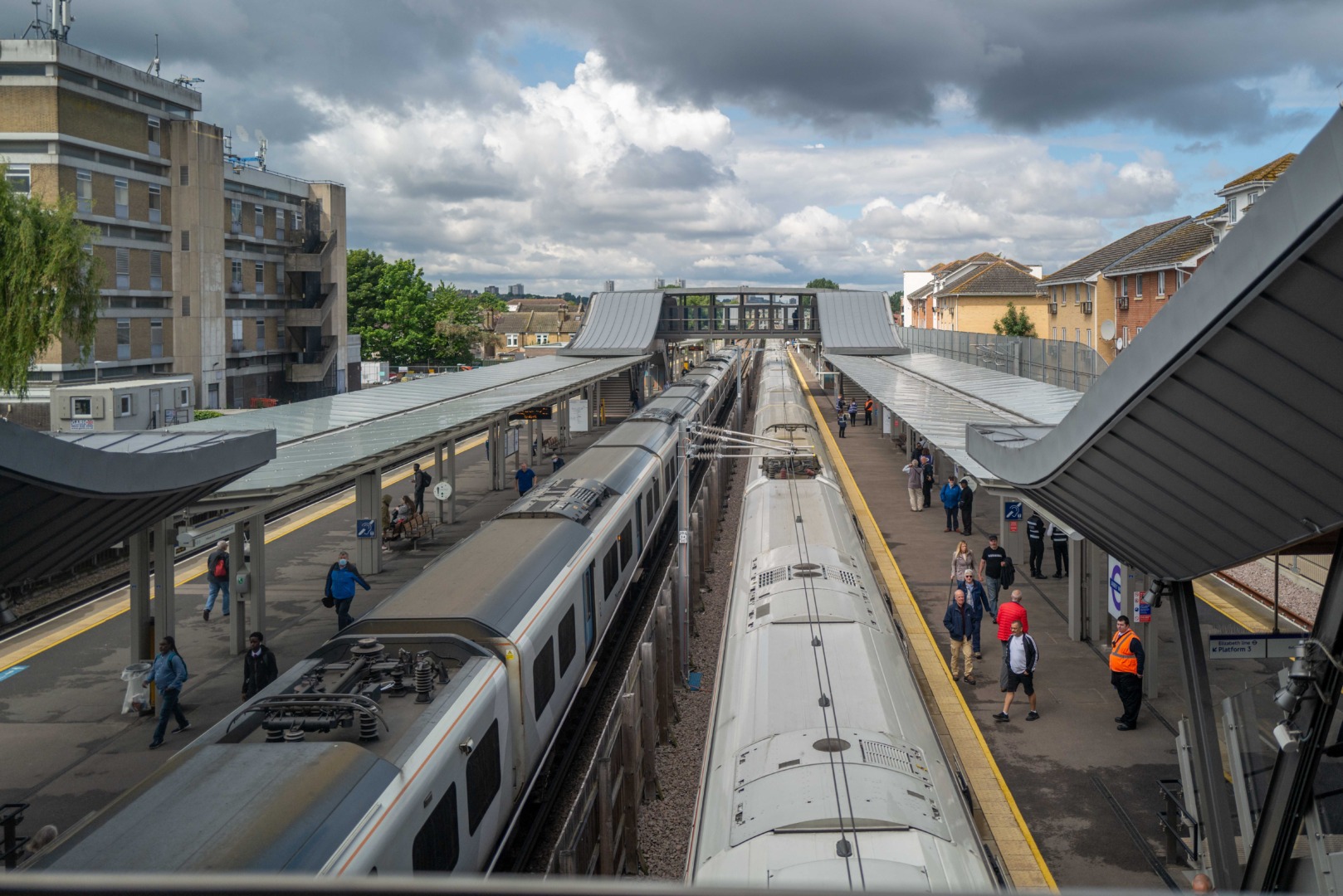
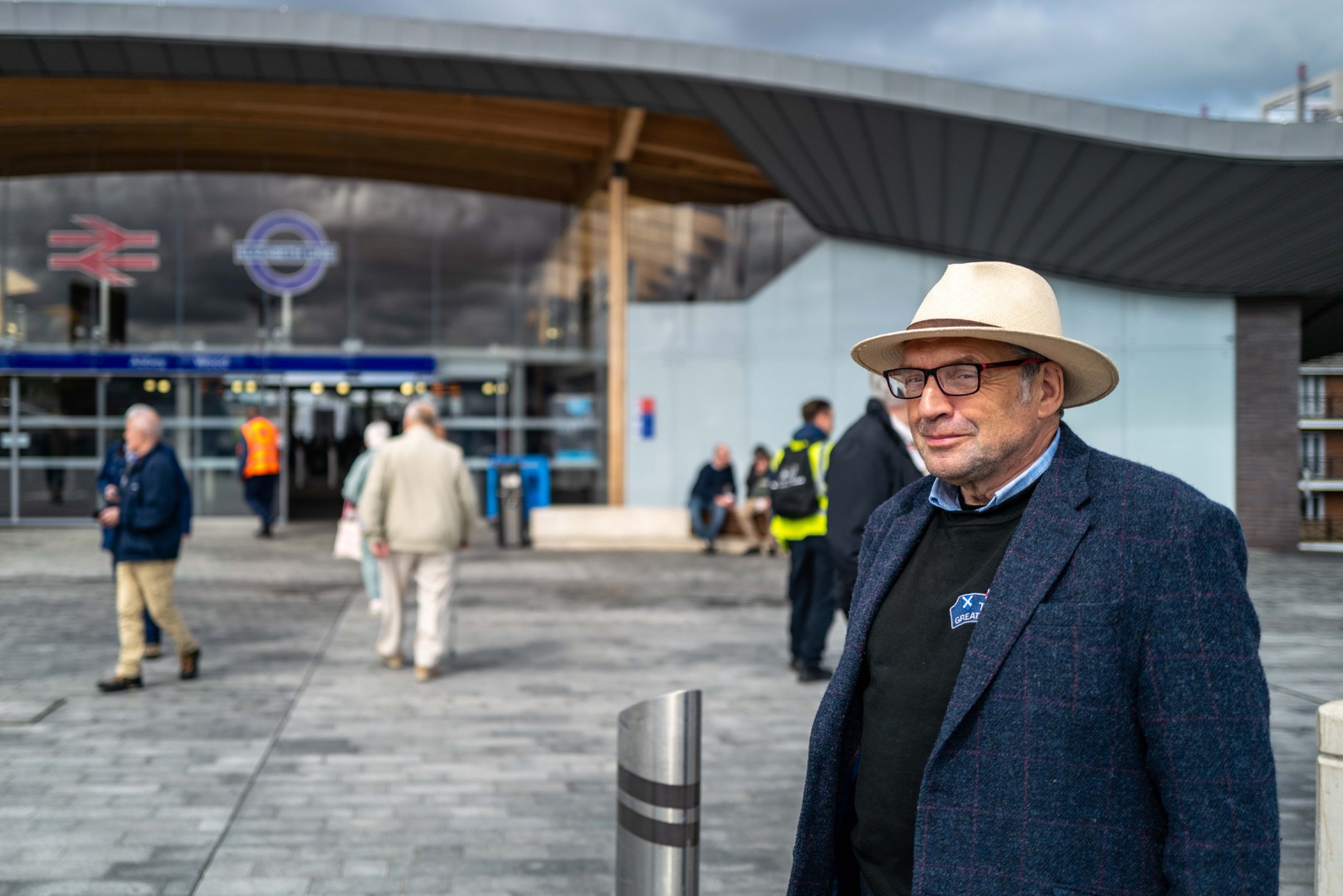


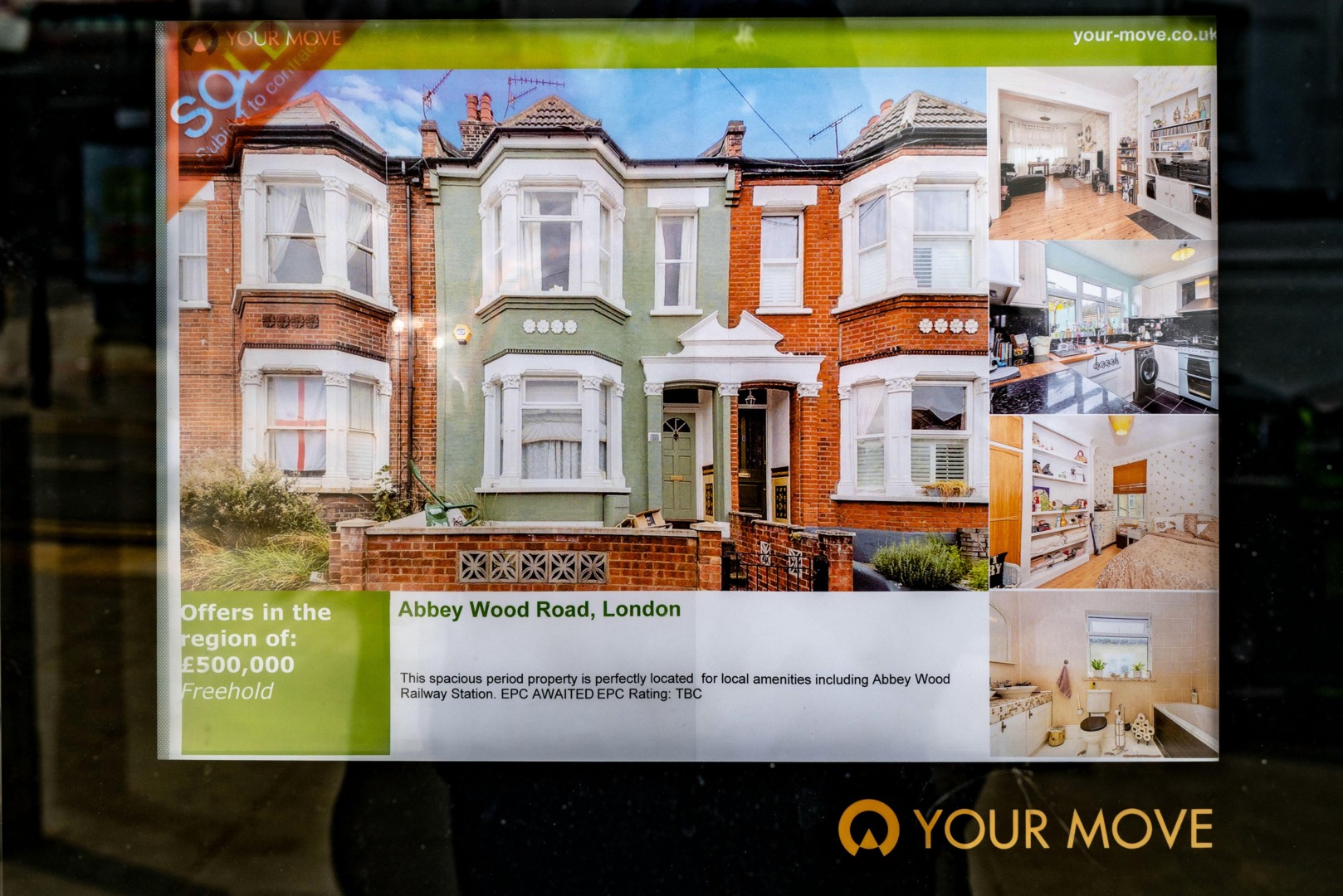
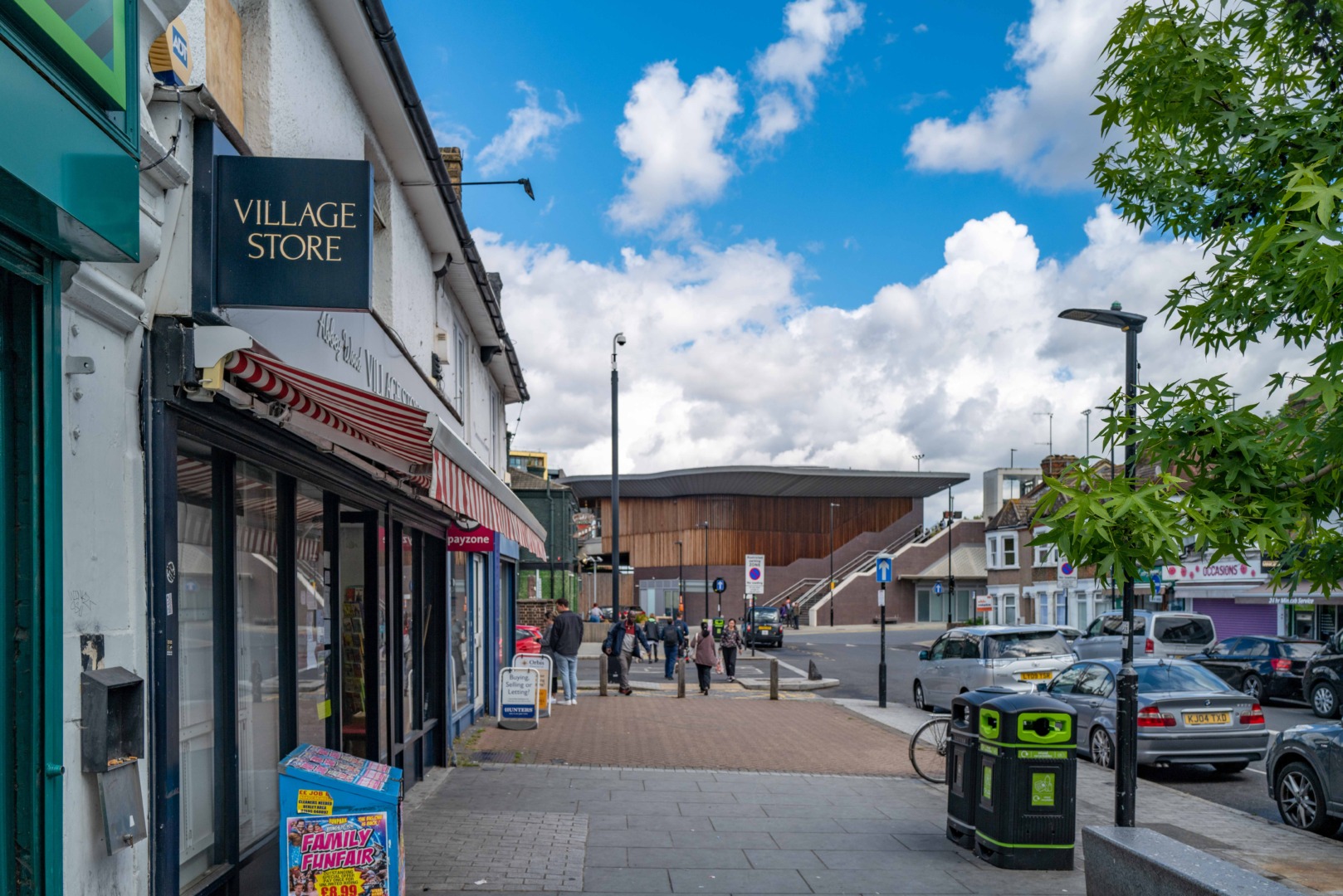
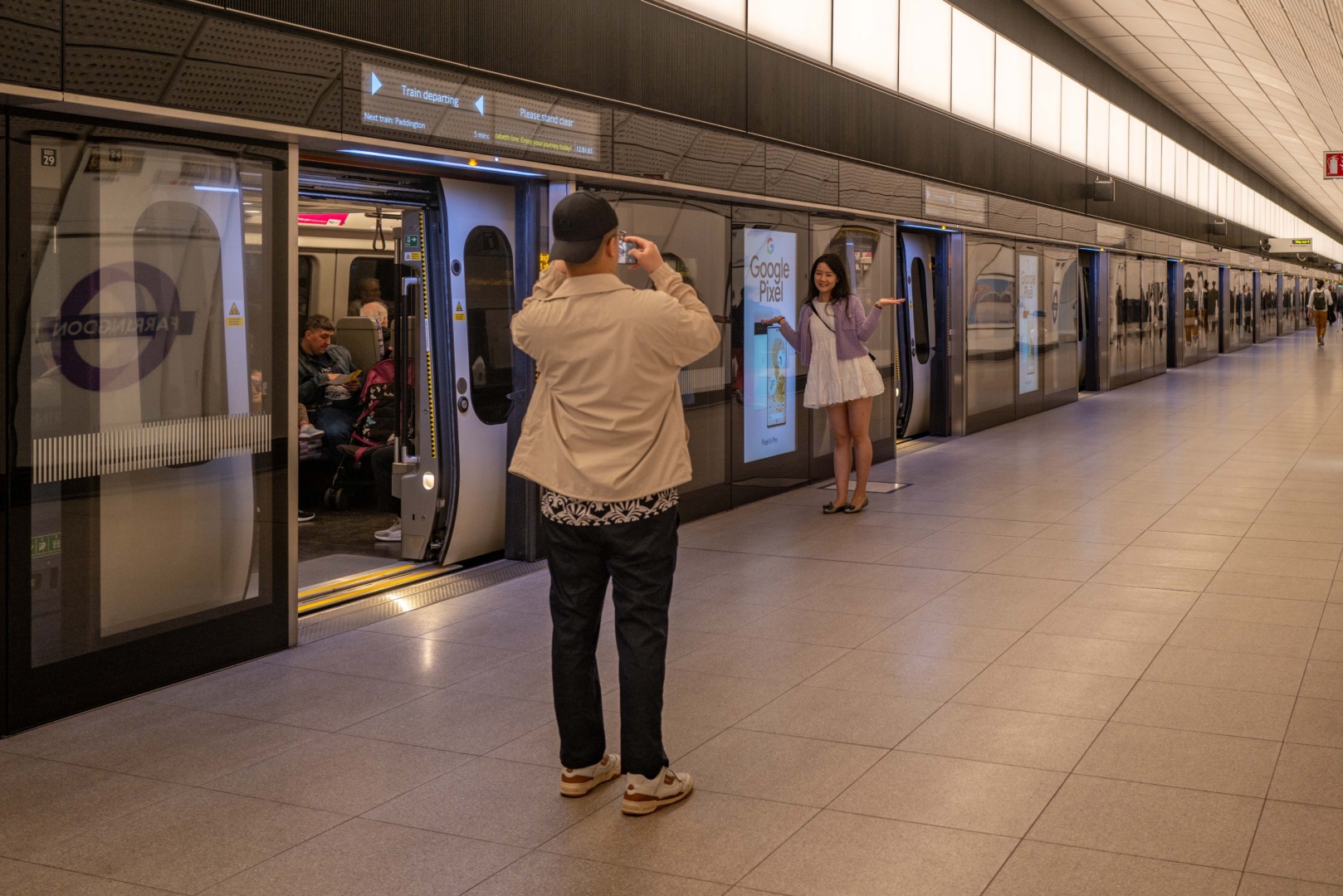
Elizabeth line trains revised timetable https://www.ukpocketguide.com/2023/03/elizabeth-line.html?m=1
“Now everything is electronic”
Yes, but looking et the photos it doesn’t look like they have digital electronic displays of information above the doors in the train. What about announcements in multiple languages? If not these trains don’t appear as modern as what we see just about everywhere in Asia! The trains look very 1980’s to me! I do like the color purple though!
Thanks, Mike, for sharing this. I have a weakness for all kind of trains, too, and I am fascinated by trams, unterground and suburban trains. I remember to have read many years ago a novel about a bloke who took on the nerdy challenge to travel to all London underground stations within one day. I always planned to do this in Berlin for a story (U-Bahn and S-Bahn together which is a huge network) but never got round to it. – For us humble non-Londoners it is very helpful that you added the map!
JP
The Lesnes Abbey ruins are located in the northern end of the woods, fairly close to the station. Looks quite picturesque.
In Perth a part of the Swan River adjacent to the city was re-developed a few years ago and the state government named it Elizabeth Quay. It is now known colloquially as Betty’s Jetty.
Interesting, Tom. I should have ventured further. The name Lesnes was new to me. But of course, it’s obvious that the abbey must have had a name. Here’s the Wikipedia link:
https://en.wikipedia.org/wiki/Lesnes_Abbey
Betty’s Jetty is fun. We joked about the Betty Line but I wouldn’t be surprised if it does get a nickname. Elizabeth, as a name, is rather difficult to pronounce quickly and doesn’t trip off the tongue as smoothly as Victoria, Jubilee or, even, Piccadilly. I will start calling it the Betty Line and see if anyone notices.
Mike
Brilliant! So interesting and I’m only a deminerd.
Thanks, Rod… I’ve been out today on a private tour of the London Transport Museum depot at Acton. Boring or not? I have some more pictures, so stand by for added nerdism. Although I am definitely not a nerd.
I was brought up in Brentwood and went to school both prep and main at Brentwood School before going to Cambridge. The electric line to Liverpool St took ages but was my only escape from suburbia to the city. The first volume of Pevsner’s Buildings of England: Essex gives a gloomy survey of Liverpool Street station musing that it may be its cavernous and depressing air that Essex is so little admired or visited. Times change….
Both good suggestions. Perhaps, just ‘Bessie Line’ or ‘BL’ (not to be confused with the British Library)?
Betty also…. The Betty Line
Thanks, Mike, for this full report.
Just to lower the tone, I’m wondering if the Elizabeth Line will become known as the ‘EL’ (shades of Chicago) or the ‘Lizzie Line’? Perhaps, the theme music will be some drill by the hard rock band ‘Deep Purple’?
Thanks, Frank. What about the Good Queen Bess Line?
…QBL perhaps?
Just call it the Lizzie Line.